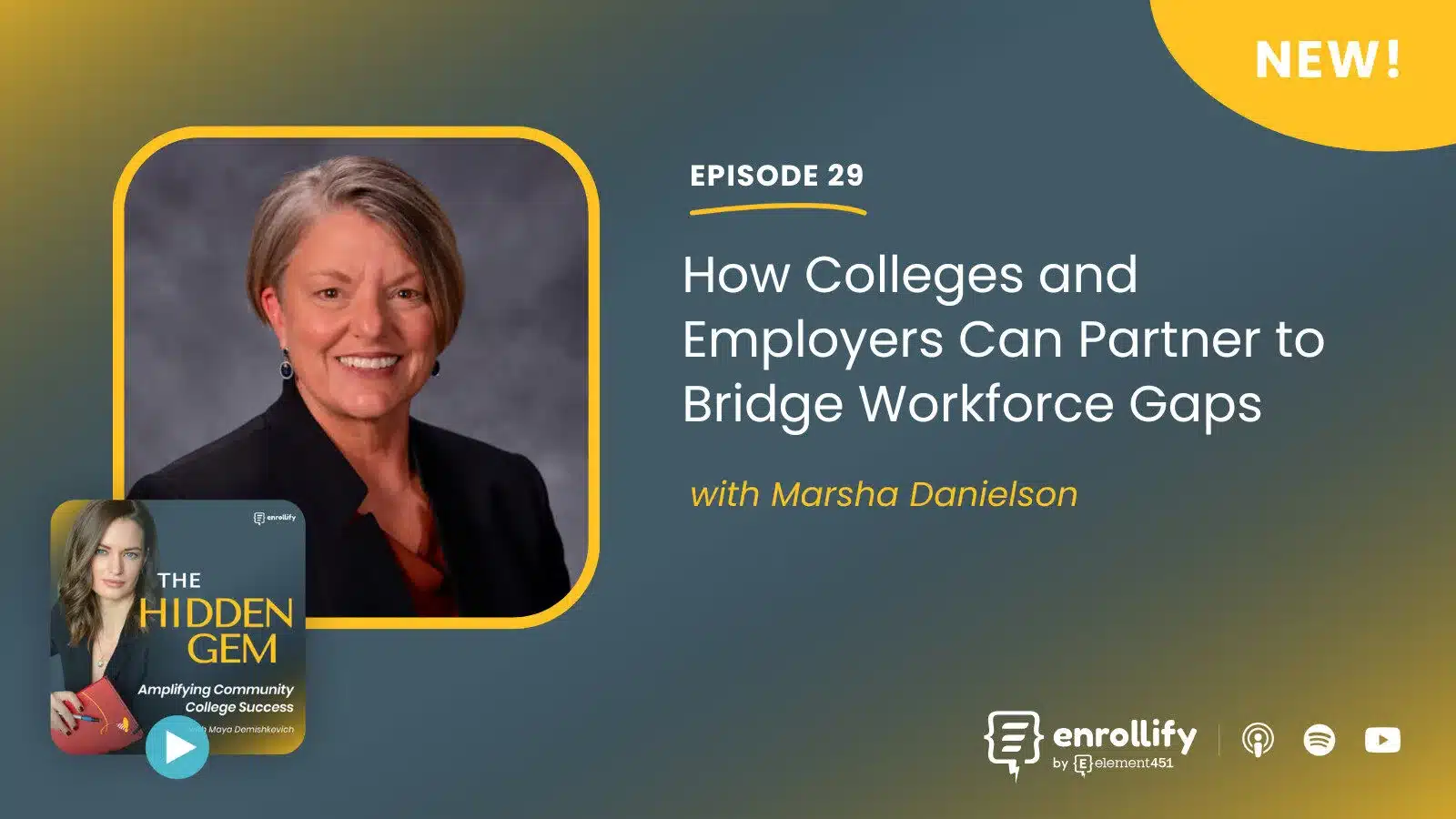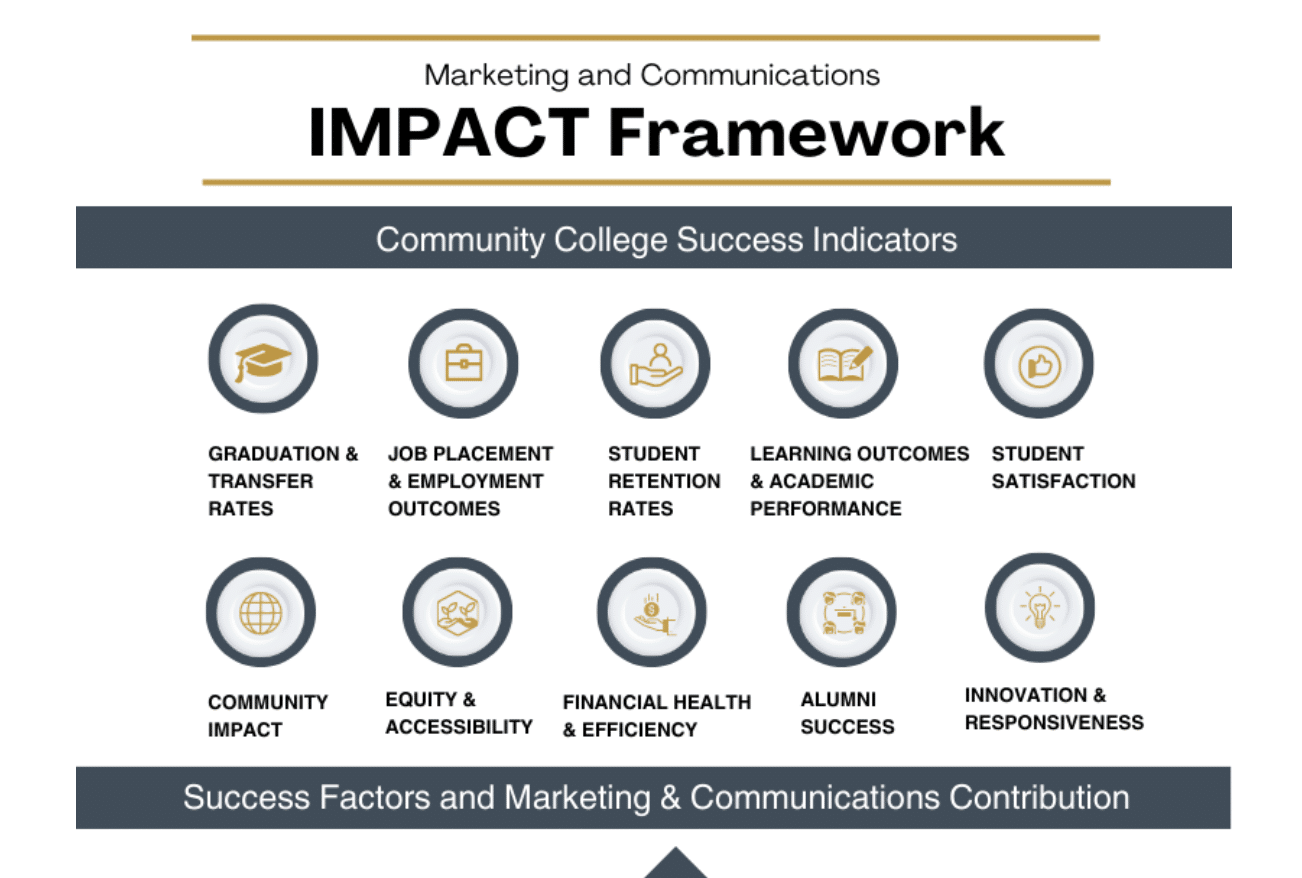In this episode of The Hidden Gem Podcast, host Maya interviews Dr. Marsha Danielson, president of Minnesota State College Southeast. They discuss an innovative approach to solving the dual challenge of education affordability and workforce shortages: The Career Opportunity Program. Dr. Danielson shares how the initiative is breaking barriers for students while simultaneously benefiting local employers and the community.
How Does the Career Opportunity Program Work?
- The Career Opportunity Program is a last-dollar tuition and fee support program.
- It covers 70 credits of free tuition and fees for students from five area high schools in Winona County, Minnesota.
- The initiative helps underprivileged students pursue higher education while simultaneously providing businesses with a skilled workforce.
- The program is in its second year and has exceeded expectations in student participation and retention.
Engaging Employers: A Unique Approach
- Dr. Danielson secured initial funding by partnering with the largest employer in the region.
- The employer, in turn, invited 20 other major businesses to a dinner meeting, securing widespread industry support.
- The contributions are confidential, ensuring no employer feels pressured by donation amounts.
- Funds cover financial aid gaps, plus an additional $1,000 stipend for students.
Keeping Investors Engaged and Committed
- Regular semester meetings with investors to update them on program metrics.
- Exclusive events like reverse job fairs and speed networking to connect students with employers.
- Continuous communication and invitations to campus events keep funders engaged.
Success Metrics and Challenges
- The program saw 35% of eligible high school graduates participate in its first year, surpassing the expected 20%.
- Student retention has been 12% higher than anticipated.
- Financial forecasting was a challenge due to the unexpected level of participation.
- A lower-than-expected percentage of students (40%) qualified for federal financial aid, increasing the funding gap.
Expanding the Program: Future Vision
- Plans to extend the initiative to 12 additional rural communities.
- Discussions around incentivizing near-completers to return and finish their education.
- Ongoing fundraising efforts have already secured three-quarters of the needed funds for program renewal.
Lessons for Other Colleges and Communities
- Find a Key Influencer: Gaining the support of a well-respected business leader can open doors to broader partnerships.
- Demonstrate Value to Employers: Positioning the initiative as a talent pipeline rather than a charitable effort makes it more attractive.
- Maintain Investor Relationships: Keeping donors informed and involved ensures continued financial support.
- Tell Impactful Stories: Showcasing student success and community benefits strengthens the case for investment.
Final Thoughts
Dr. Danielson’s Career Opportunity Program exemplifies how strategic partnerships between education and industry can create sustainable solutions for workforce development. Her insights provide a roadmap for other institutions looking to engage employers in meaningful and mutually beneficial ways.
For more information, Dr. Danielson welcomes discussions with other institutions interested in adopting similar models.

